Eclipse: A Unified Layer-2 Solution Integrating Ethereum and Solana
1. Background and Origin of Eclipse
2. Technical Architecture of Eclipse
3. Ecosystem and Application Development
4. How Eclipse Works
5. Future Outlook for Eclipse
Popular Articles
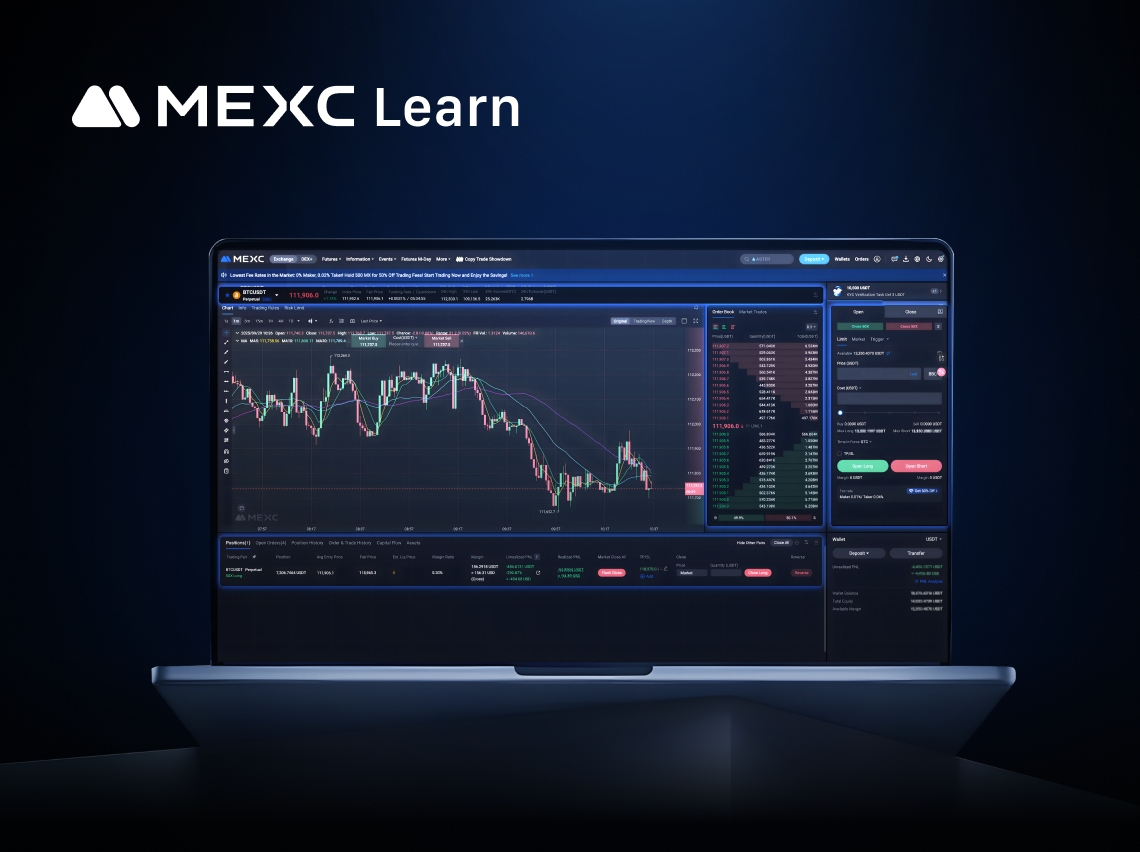
Mastering MEXC Futures Data Analysis: Make Every Trade Data-Driven
In the cryptocurrency futures market, successful trading is not simply about observing candlestick movements. Candlestick charts reflect historical and current price action, but the market's underlyin
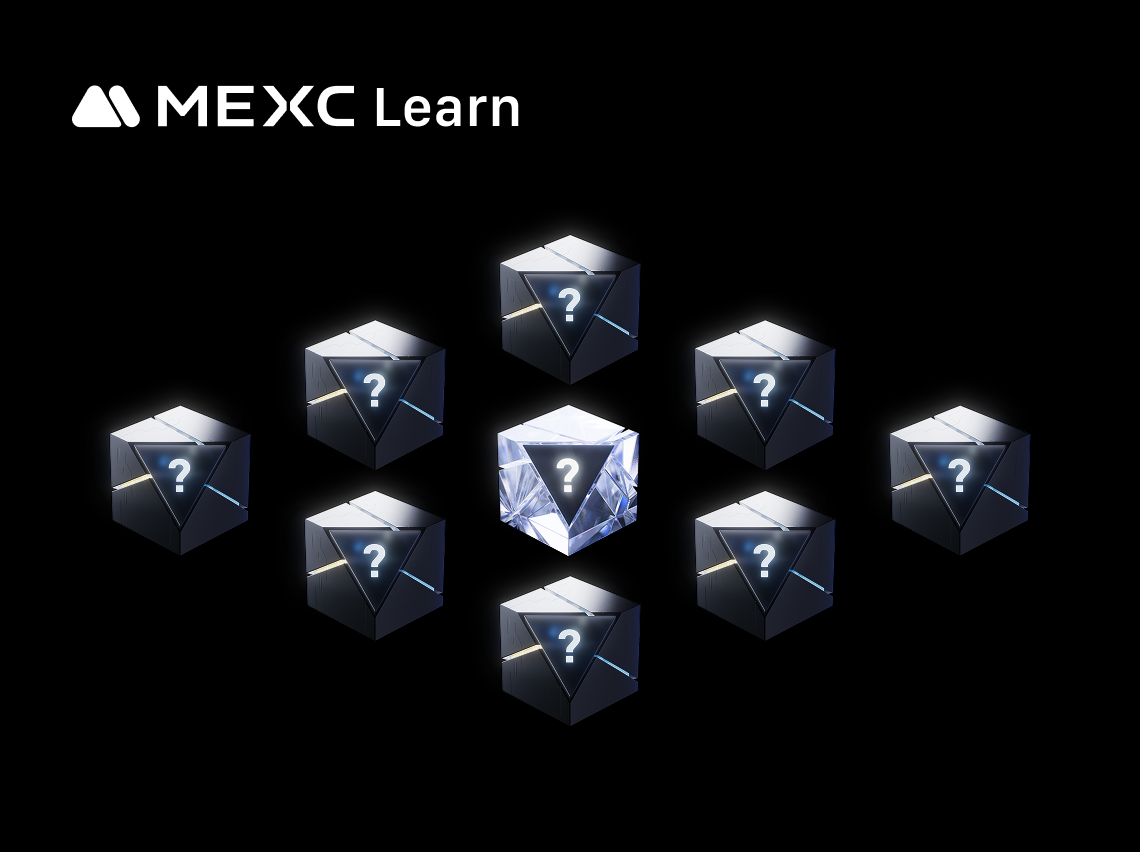
How to Participate in the MEXC Airdrop+ Lucky Draw Event
By participating in Airdrop+ events on MEXC, users have the opportunity to earn free tokens and Futures bonuses. Airdrop+ tasks typically consist of several components, including deposits, Spo
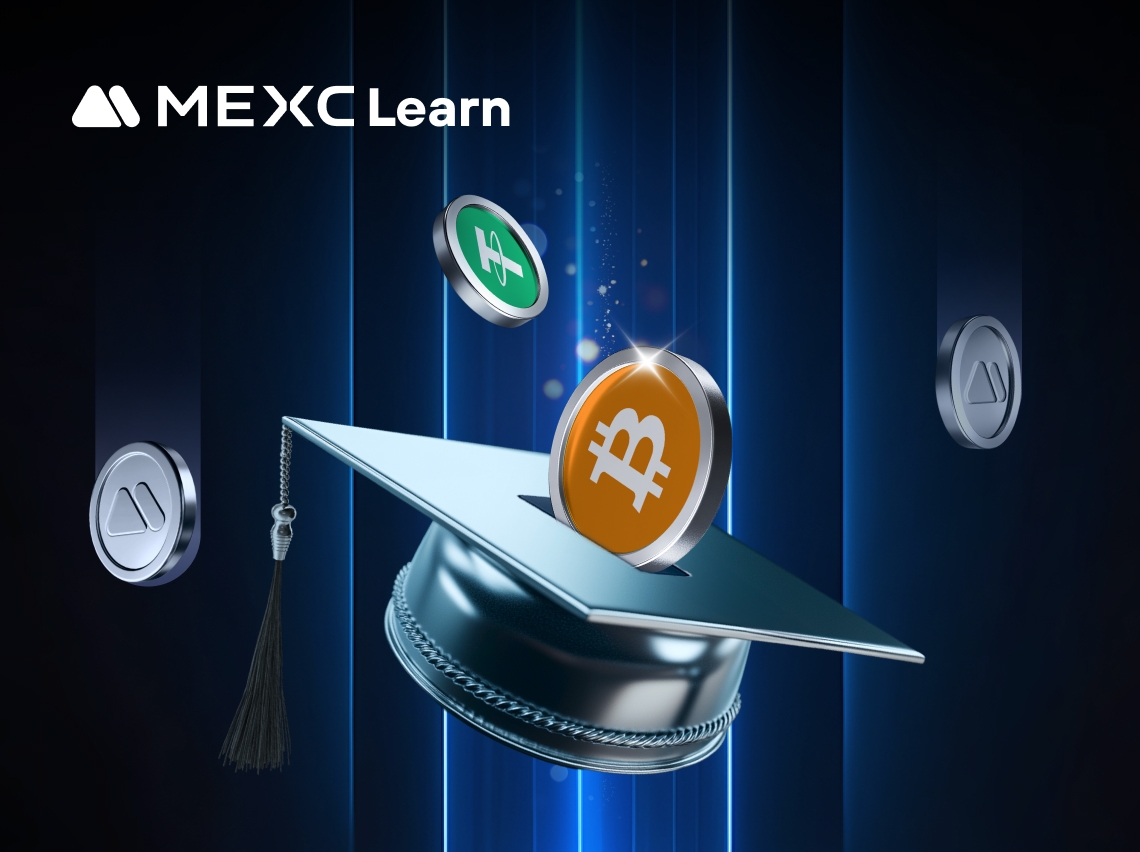
Is XRP a Stablecoin? Everything You Need to Know
If you've been exploring cryptocurrency, you've probably stumbled across XRP and wondered: is XRP a stablecoin? This question pops up constantly in crypto communities, and it's totally understandable
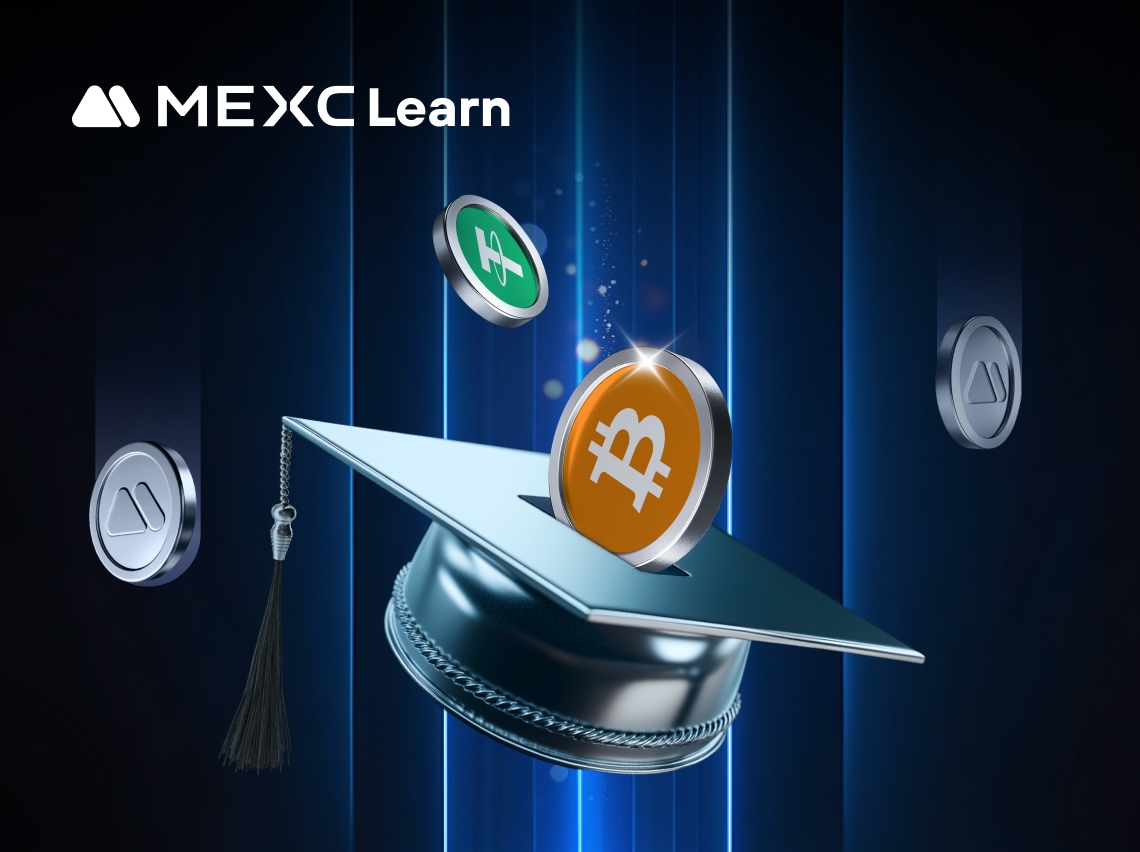
Who Owns XRP? Complete Ownership Guide
If you're wondering who owns XRP, you're asking one of the most important questions about this cryptocurrency. Understanding XRP ownership reveals how power and control are distributed across this dig
Hot Crypto Updates
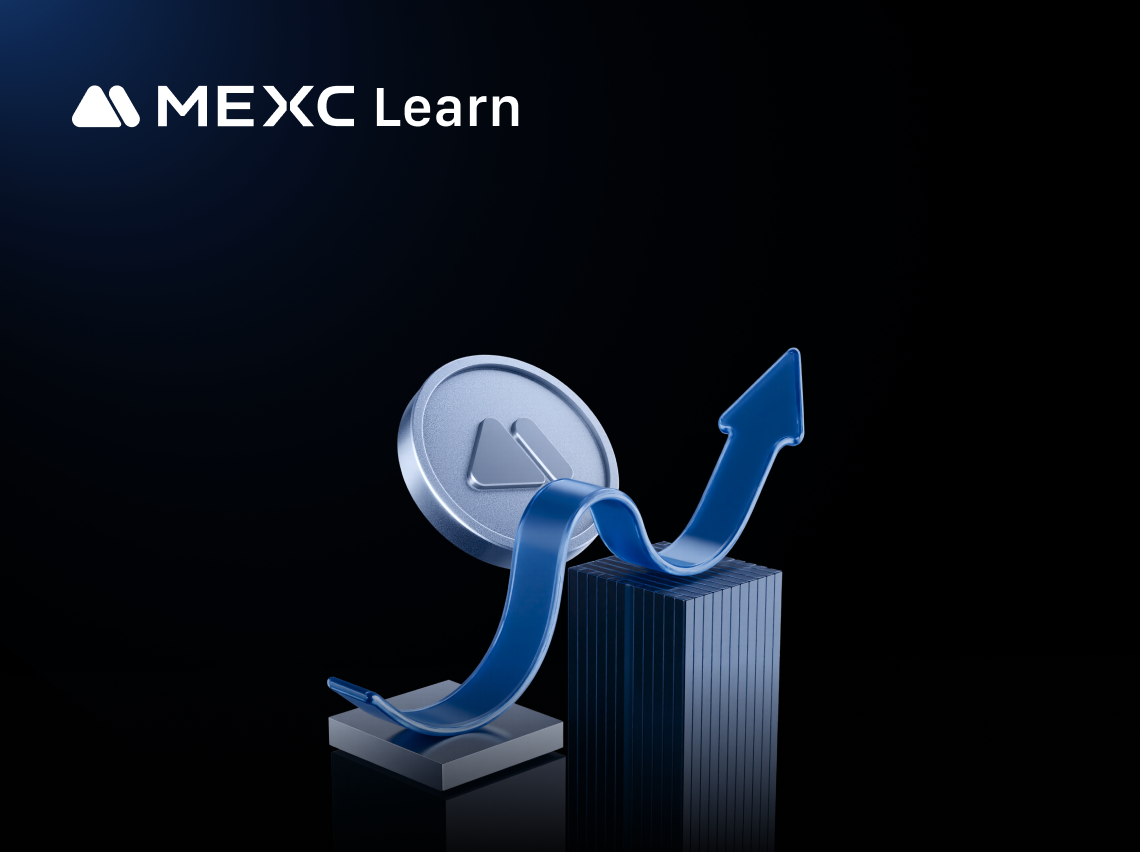
The Origin and Evolution of HyperSwap (SWAP)
What is HyperSwap (SWAP)? Quick OverviewHyperSwap (SWAP) is a blockchain-based utility token launched to power the HyperSwap decentralized exchange (DEX) within the Hyperliquid ecosystem. At its core,
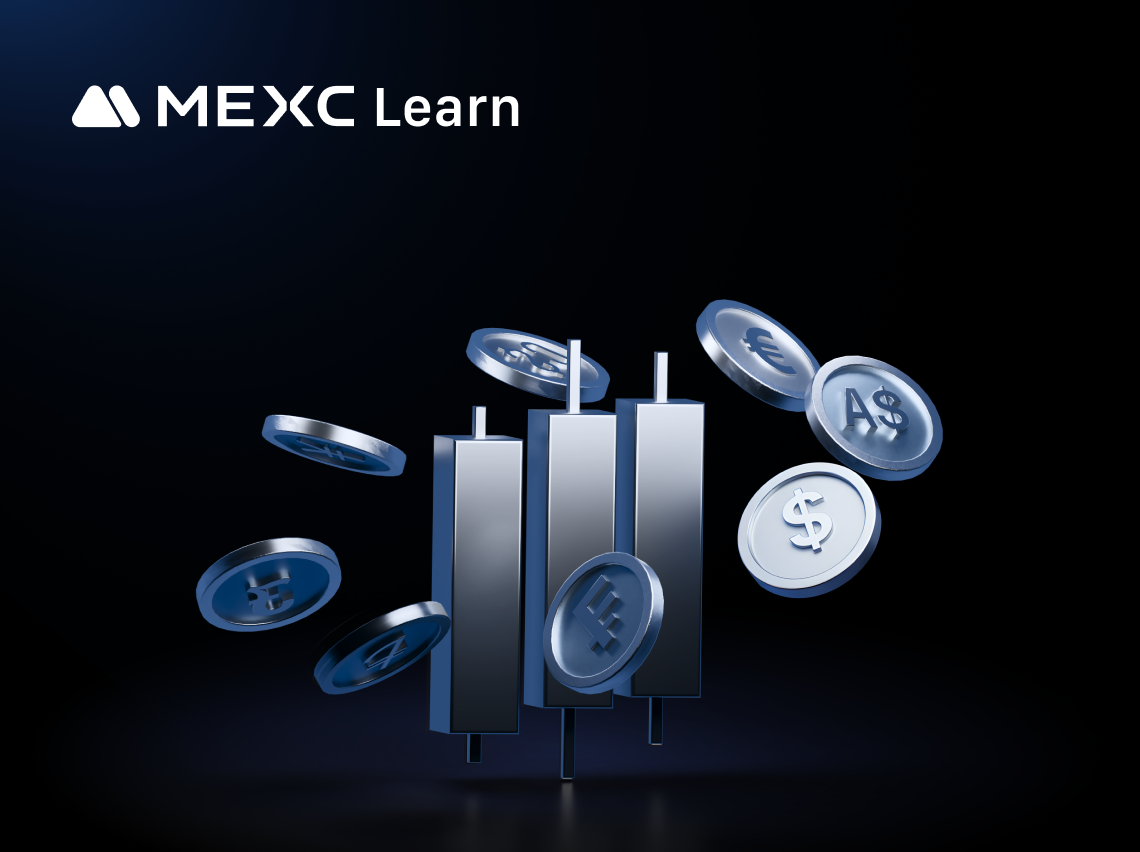
How HyperSwap's Blockchain Works: Crypto Tech Explained
Blockchain 101: The Tech Behind HyperSwap SWAPBlockchain technology is a distributed ledger system that enables secure, transparent, and immutable record-keeping across a network of computers. At its
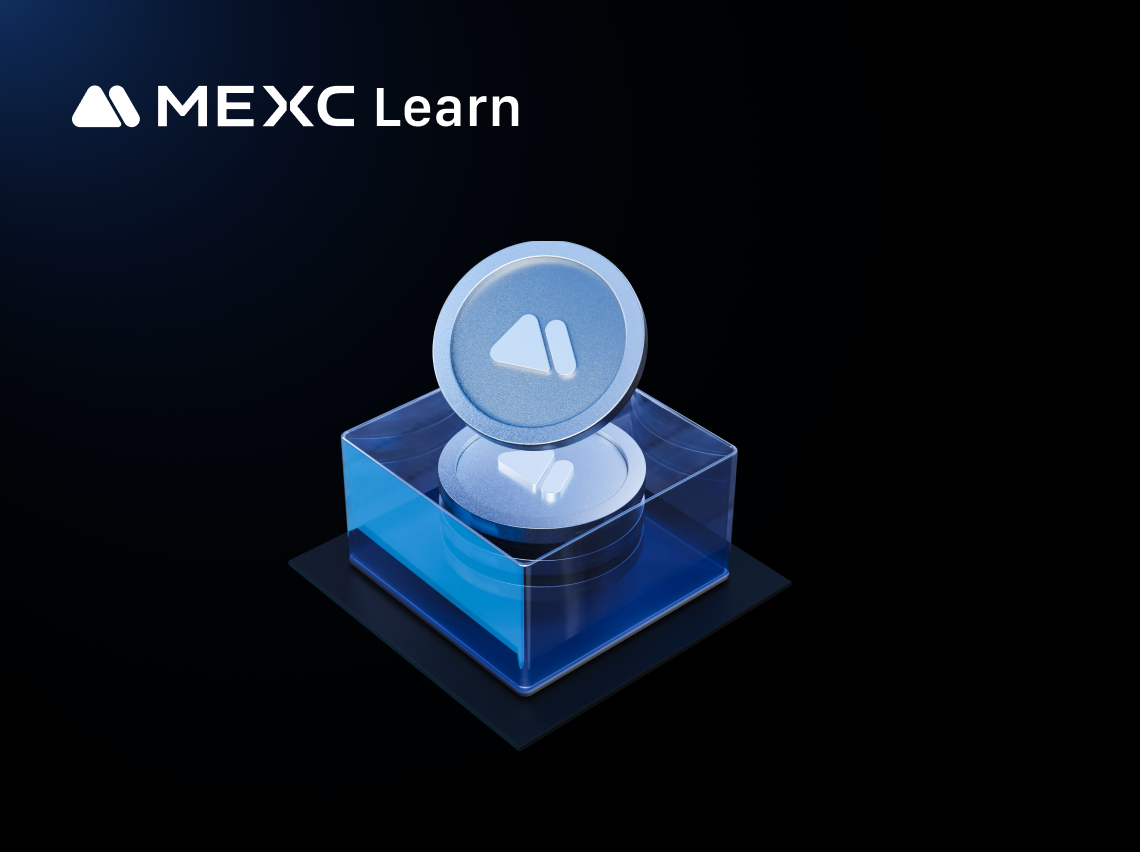
SWAP Price Predictions: Short-Term Trading vs Long-Term Holding
Introduction to SWAP Price AnalysisThe current market position of SWAP—the native token of the HyperSwap decentralized exchange (DEX) within the Hyperliquid ecosystem—shows significant growth potentia
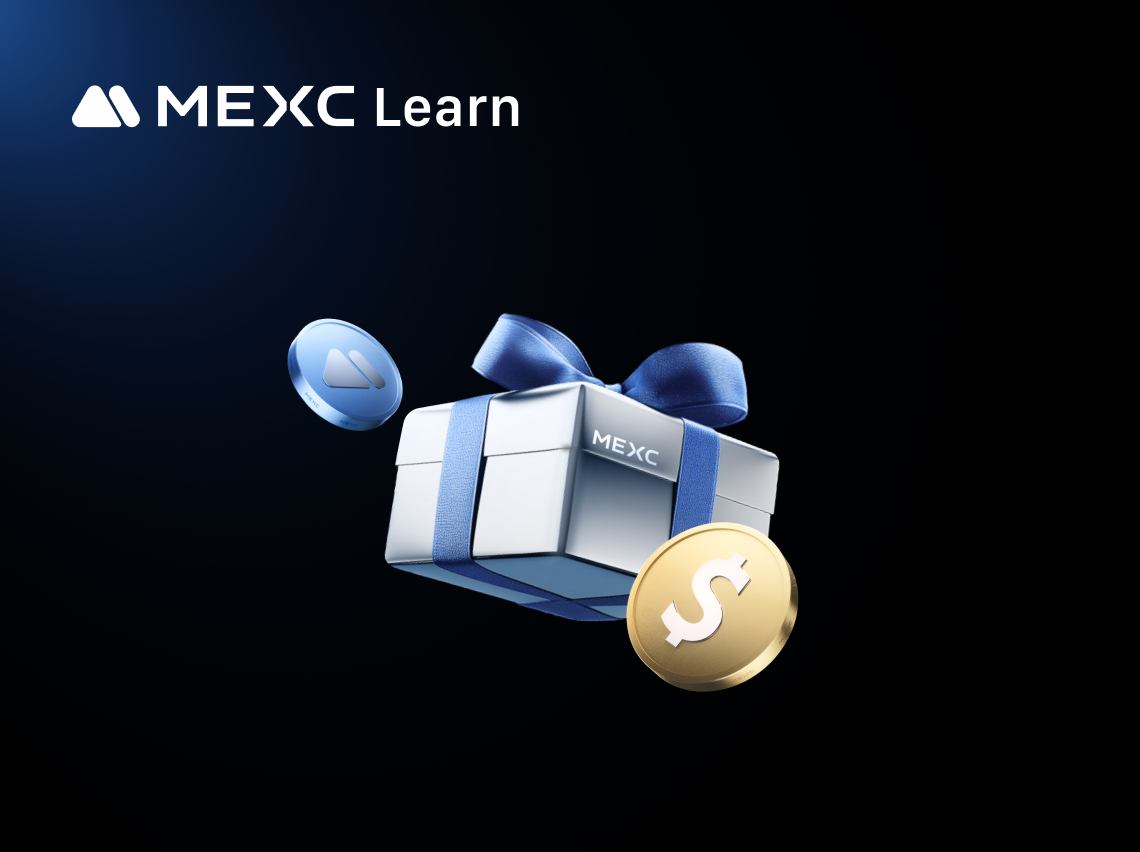
SWAP Price History: Patterns Every Trader Should Know
What is Historical Price Analysis and Why It Matters for SWAP InvestorsHistorical price analysis in cryptocurrency markets is a fundamental research methodology that examines past price movements to i
Trending News

Is Pepeto The Best Crypto Investment Over Dogecoin And Pepe Coin? All Signs Point To : YES
Dogecoin and pepe coin reshaped the mood of crypto. Late-night charts turned into stories people still trade, big wins, painful misses, and the “what if” that lingers. Two names no one forgets because

Metaplanet raises $1.4B to fuel BTC purchases and U.S. subsidiary launch
Metaplanet Inc. has formalized the subsidiary in Miami, Florida, naming it Metaplanet Income Corp.
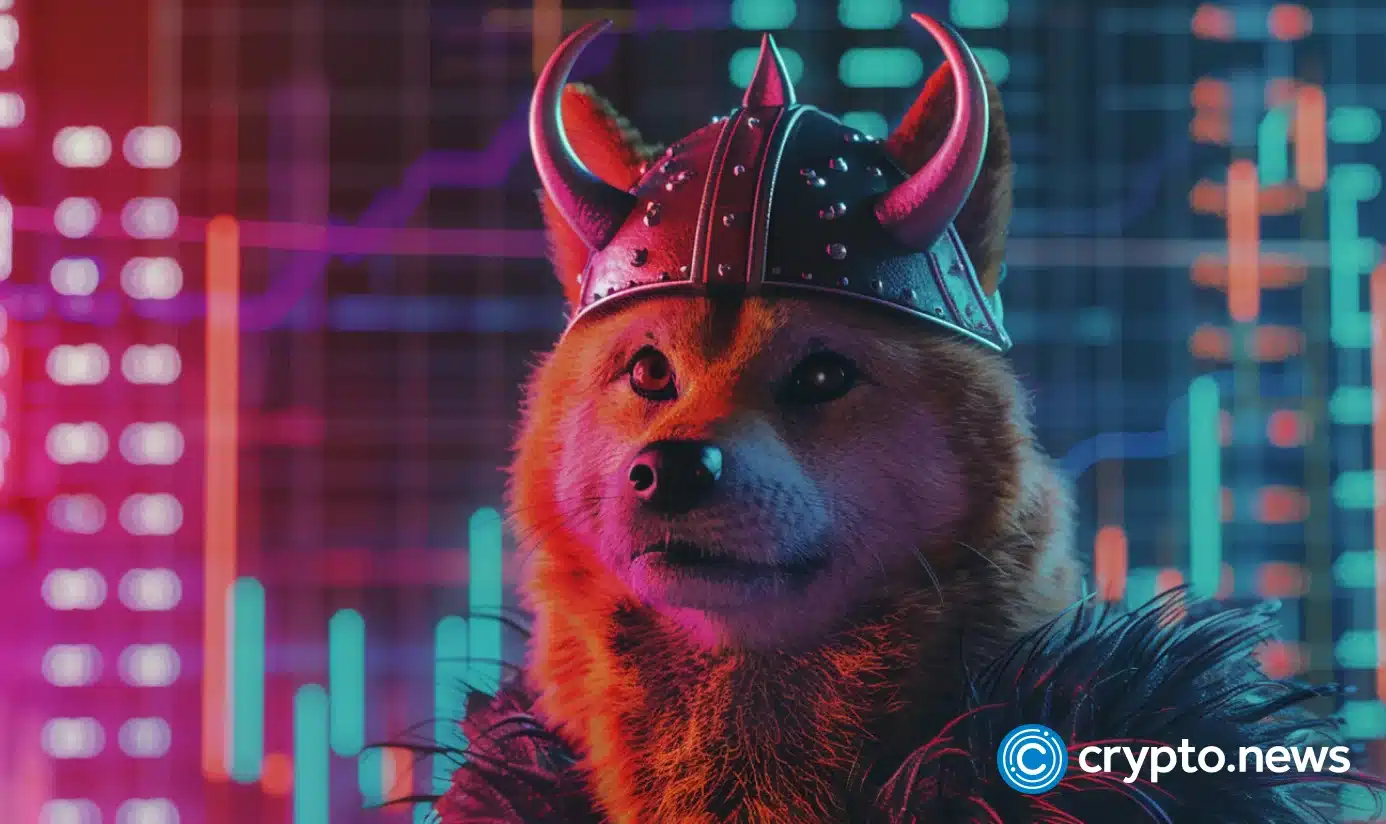
Floki crypto jumps 25% after Elon Musk tweet: Will it last?
In true meme coin fashion, Floki crypto saw a 25% pump this week, thanks to a familiar catalyst. Just when the memecoin markets started cooling off, Floki is once again riding the social media hype tr
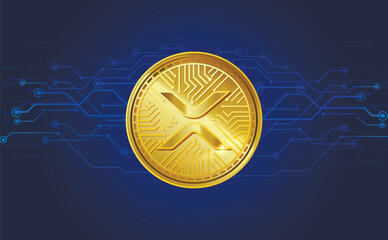
Uphold’s Massive 1.59 Billion XRP Holdings Shocks Community, CEO Reveals The Real Owners
Uphold, a cloud-based digital financial service platform, has come under the spotlight after on-chain data confirmed that it safeguards approximately 1.59 billion XRP. According to Uphold’s Chief Exec
Related Articles

What is a Decentralized Exchange?
Based on data from holder.io, the total market capitalization recently reached trillions of dollars. Well-known exchanges such as MEXC, Binance, Coinbase, and others fall under the category of central
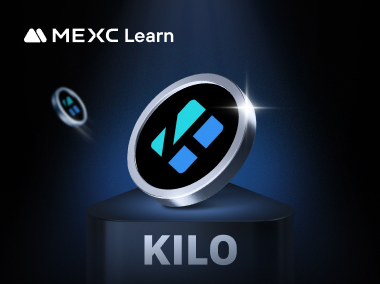
KiloEx: From Seamless Trading to Mechanism Innovation, Redefining Perp DEX
KiloEx is a decentralized exchange (Perp DEX) focused on perpetual contract trading. It aims to provide users with a convenient and efficient trading experience while enhancing transaction stability a
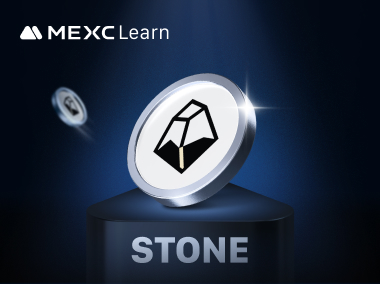
What is StakeStone (STO)? A Deep Dive into How This Cross-Chain Liquidity Platform Maximizes Yield
In the crypto market, liquidity and yield are often seen as conflicting goals. However, StakeStone offers an innovative solution as a cross chain liquidity infrastructure that uses its native token ST
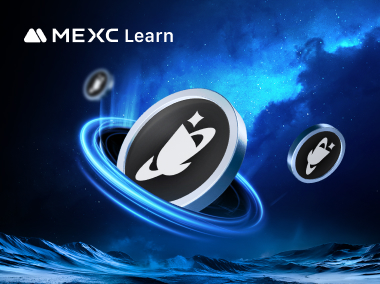
MilkyWay: Unifying Blockchain Security and Powering the Modular Ecosystem
The blockchain ecosystem currently faces fragmented security, with projects and chains operating independently—each with its own validators and staking networks. This leads to scattered assets, weaken
